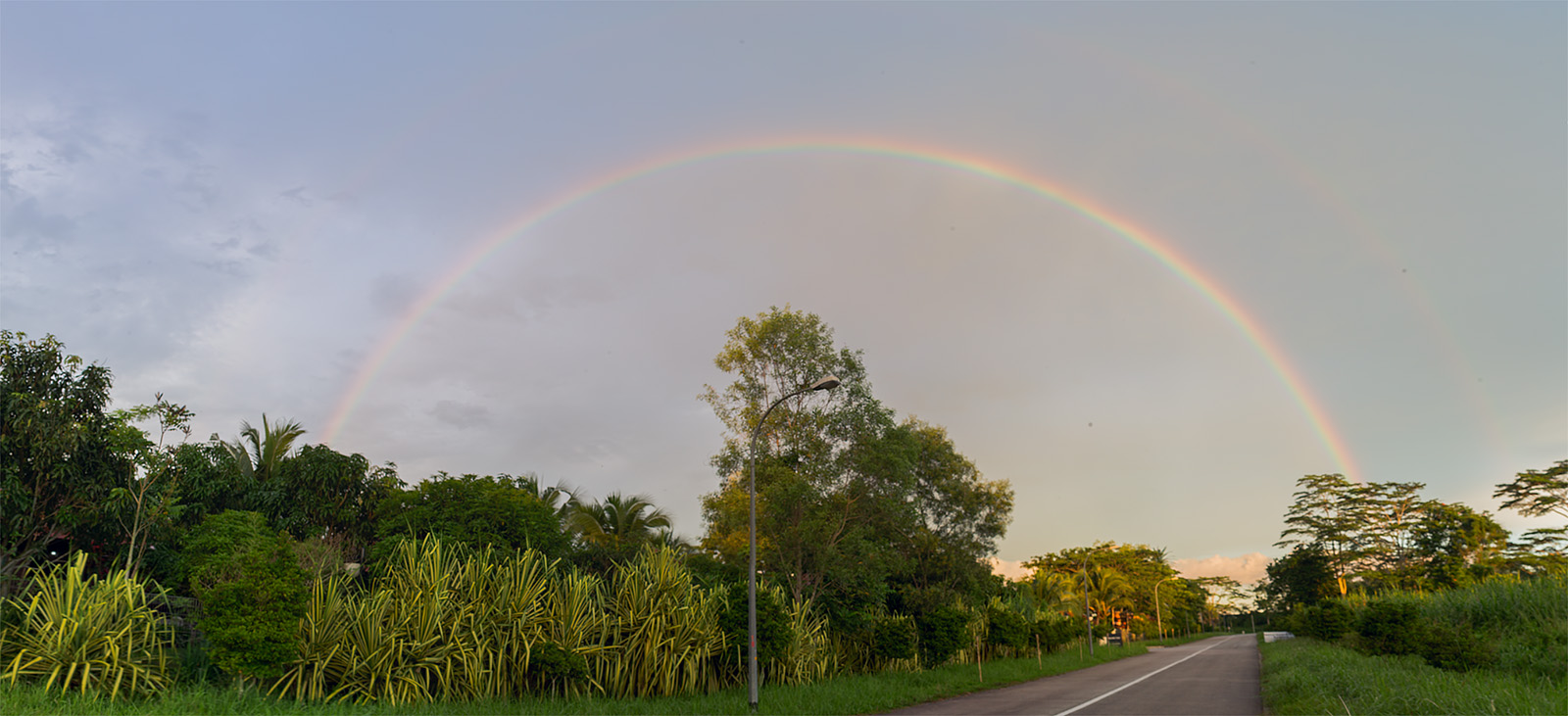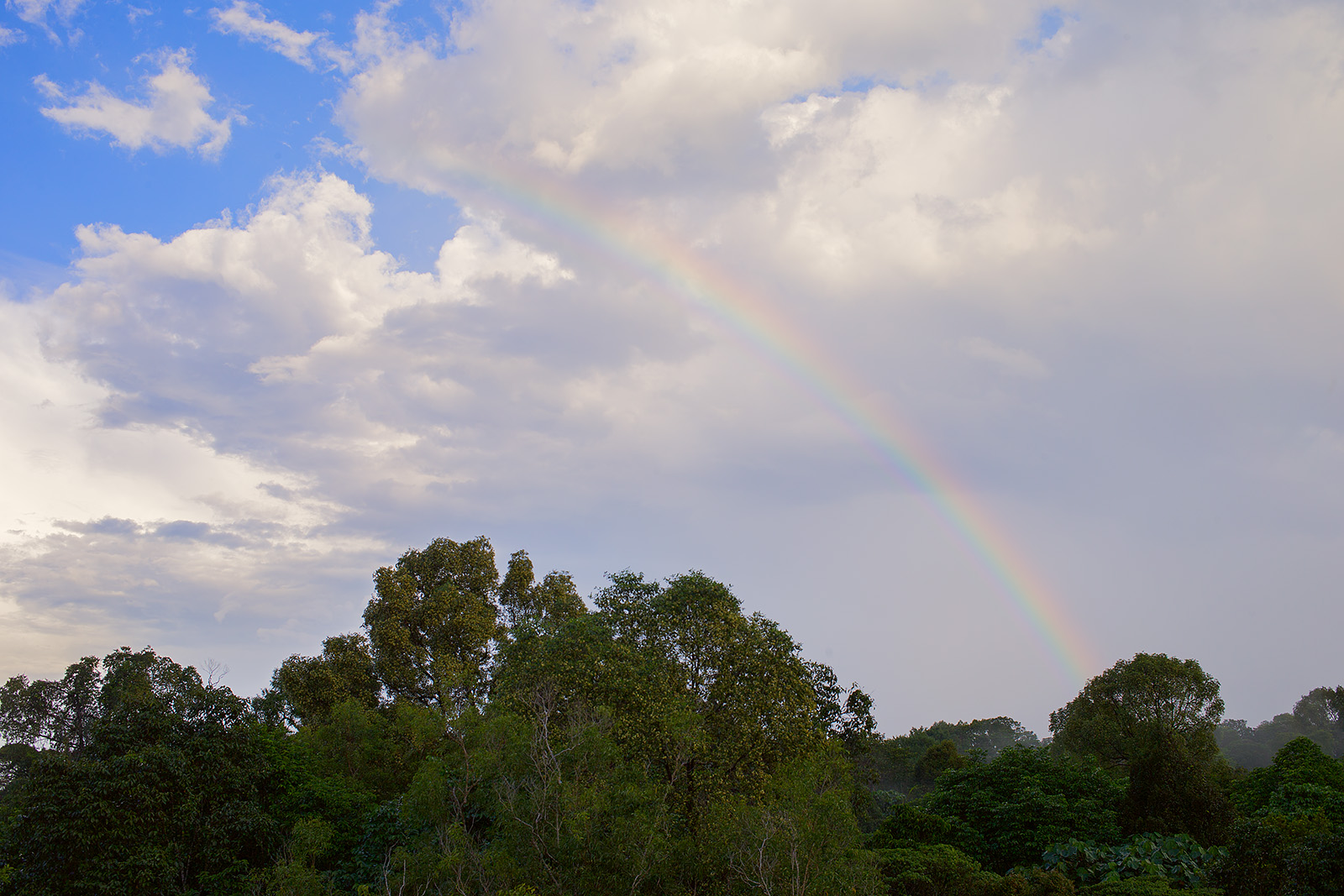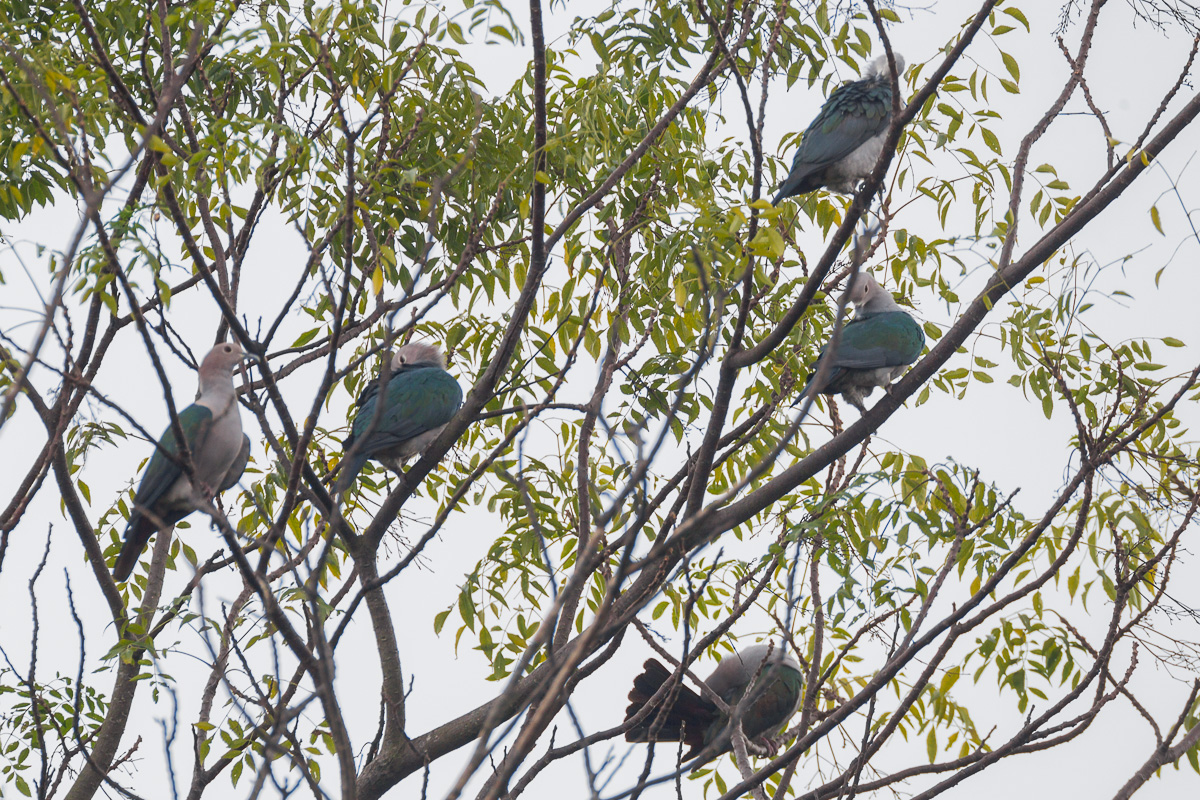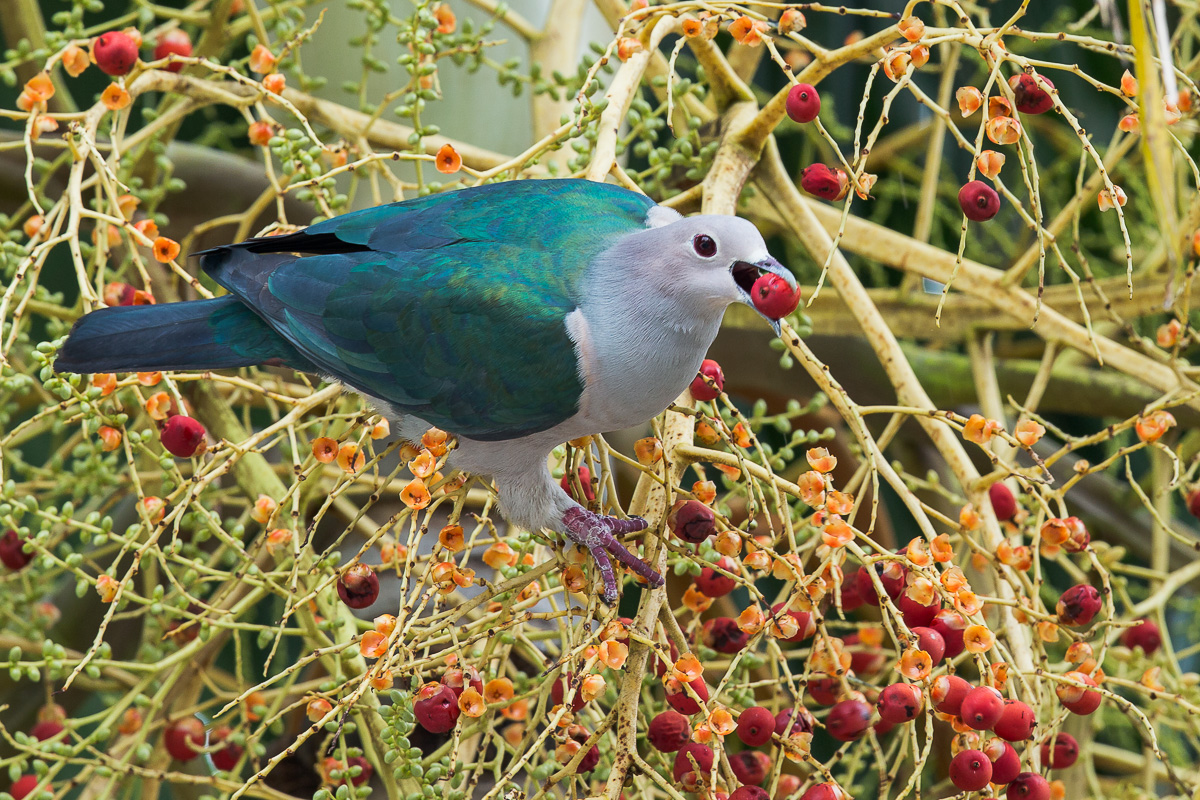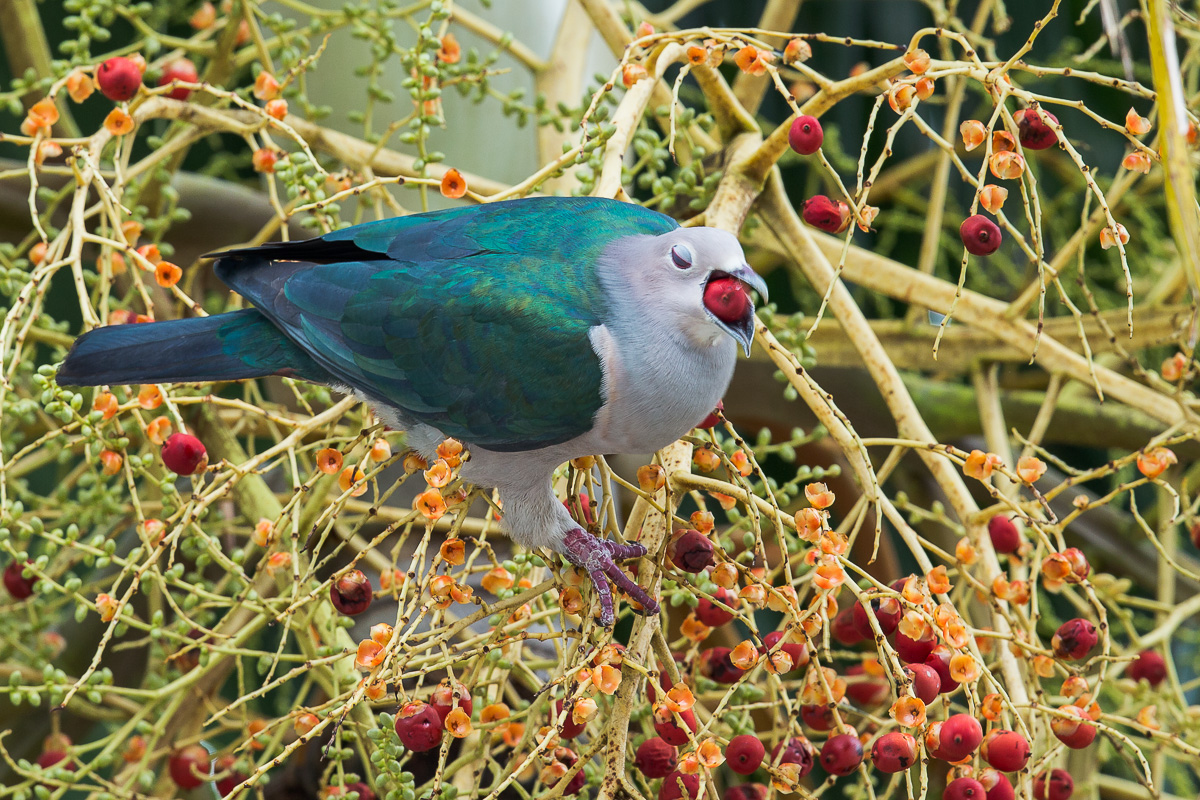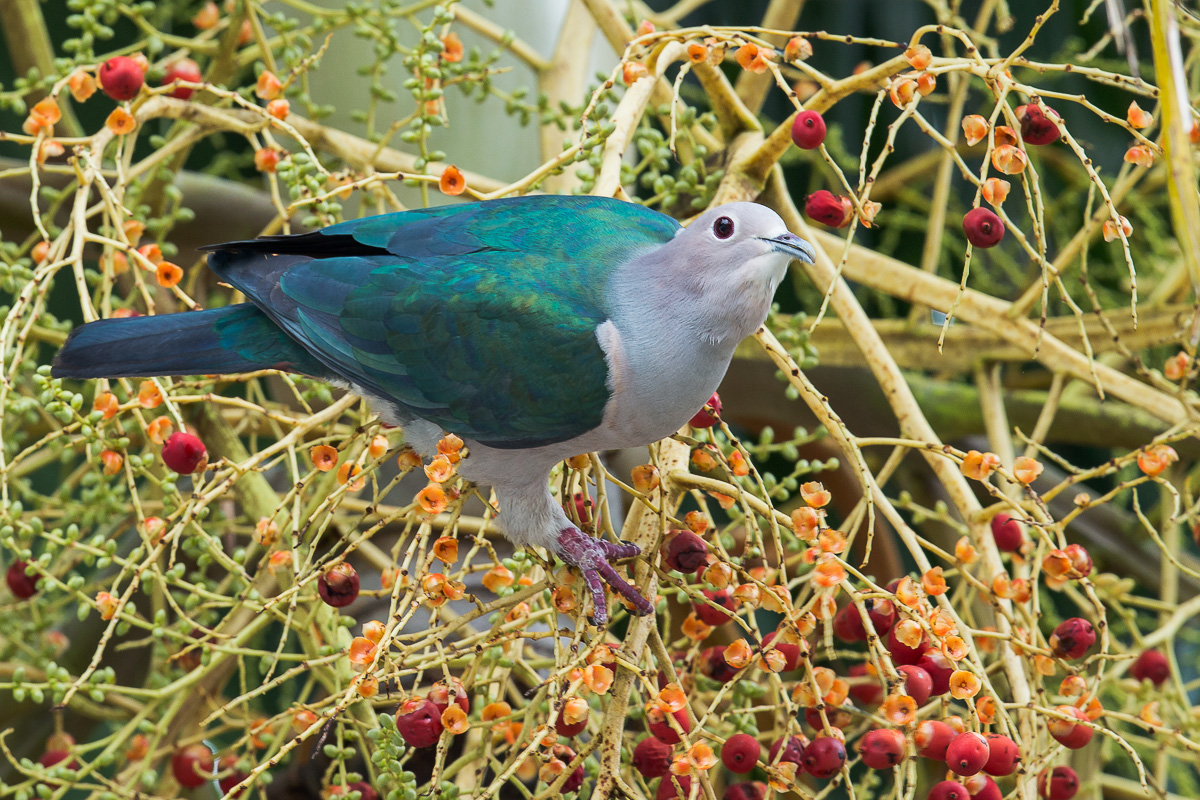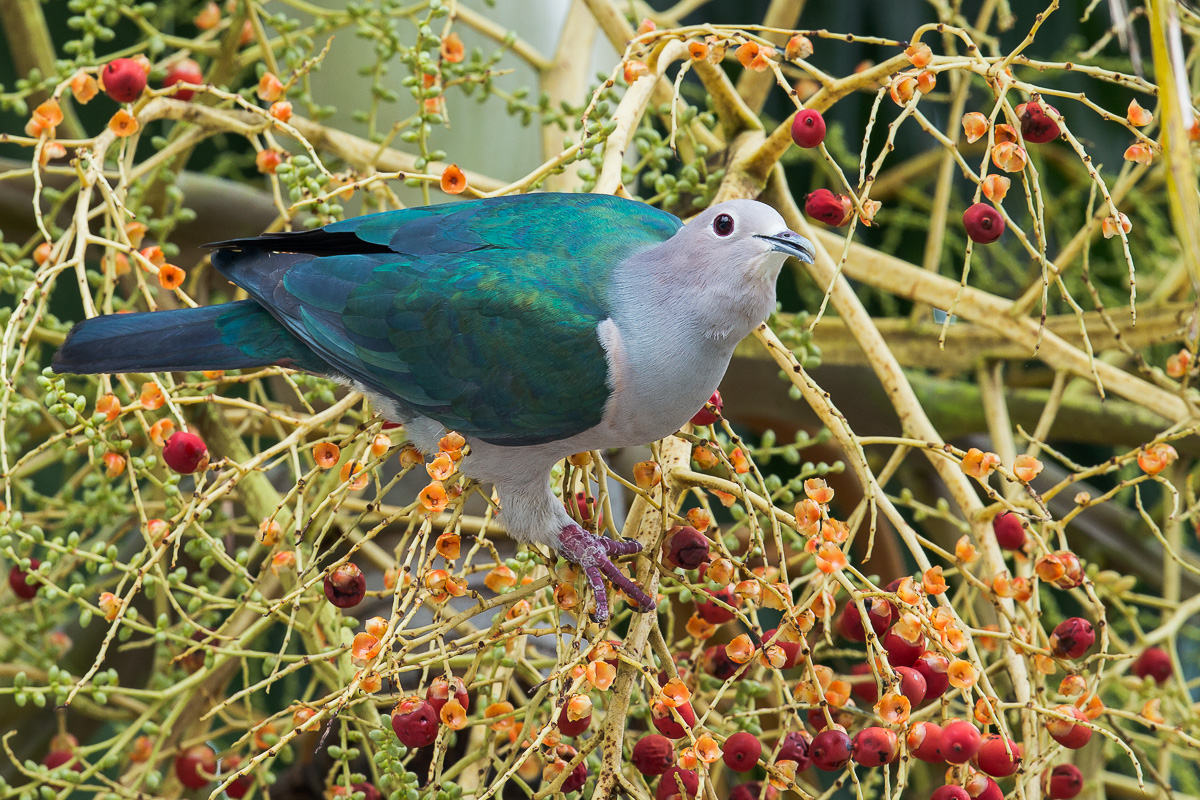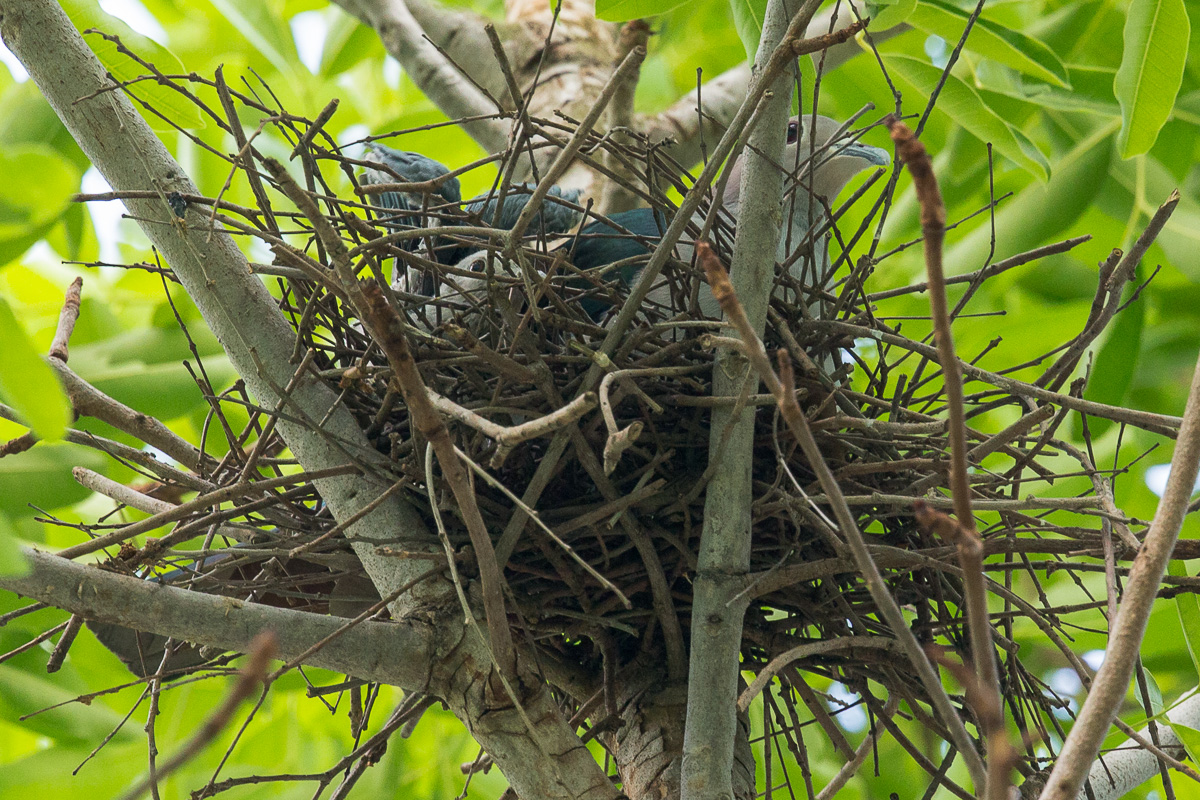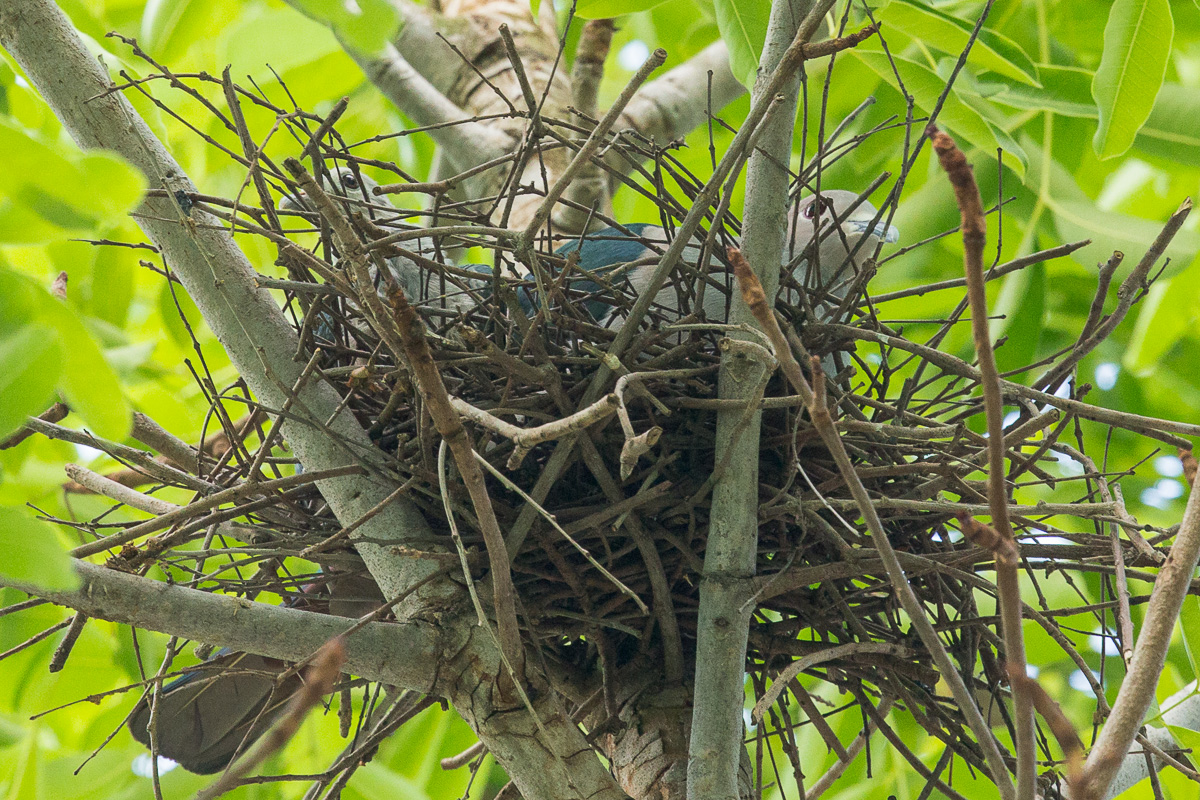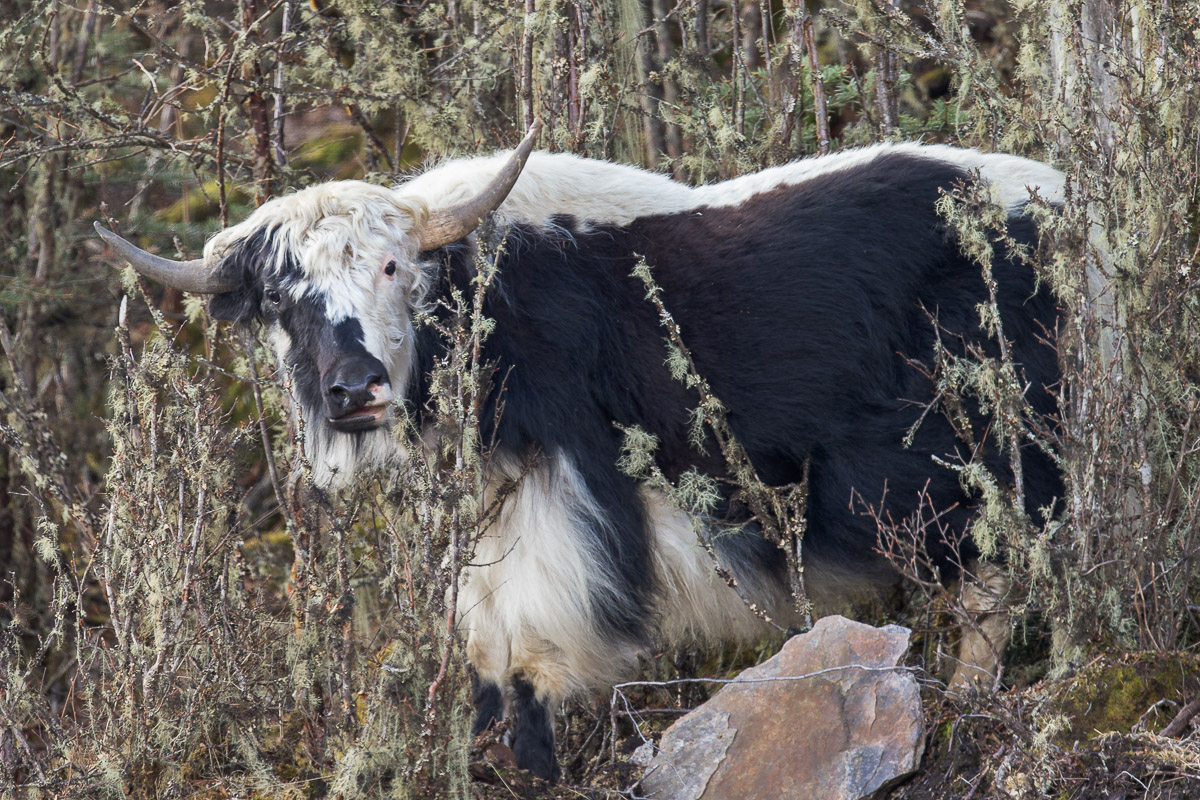I have written about some of these species before, but a few years have passed and I have additional information to share.
Singapore is unique in some sense as it’s a small, urbanized country with limited suitable bird habitat, as well as being one of the centre for bird trade. Add to this mix is the local practice of releasing captive birds during certain religious festivities. This make for an interesting avifauna composition. The introduced species have a comparatively larger presence than it does elsewhere, both in terms of the number of exotic species as well as overall exotic bird numbers.
This is unfortunate on many counts. One being that the native birds are in danger of being displaced by these introduced species due to competition on an already limited habitat. Beyond displacement of native species, in suitable habitat these alien species may wreak environmental havoc due to their diet and behavioral pattern. Case in point is the Red-billed Queleas, which in their native range pose a big problem to farmers due to their huge numbers (estimated around 1.5 billion breeding pairs) and diet causing immense crop damages1. Also, introduction of birds from elsewhere mean potential spreading of whatever disease they may have, as birds can and do carry with them deadly pathogenic load.
For good reason, bird field guides and checklist do not as a rule put in species names for introduced birds unless their presence in the country have been well established via breeding records. This is because most escapees/releasees are one-off birds or their presence in the country may be temporary before their numbers plunge due to unsuitability of the habitat or poor health condition of the birds. Even if they do start breeding, the small number of the founder population often result in inbreeding, which is deleterious to their long term viability as a species in the new environment.
While all these issues are relevant, in the context of Singapore, having a high proportion of introduced species does pose a problem of identification for the beginner birder. This is especially so since the majority of the introduced grassland birds are of African origin, an area most local birders are not familiar with. So an account of the more common introduced birds will be helpful even if the population and species make up may vary over time.
A long write-up for each species here would result in an absurdly long article. The name and picture, and a brief account of each species is provided. Further information can be read in the external links provided.
Streaked Weaver (Ploceus manyar)

The Streaked Weaver is an old introduced species of Asian origin that has a very localized presence. In contrast to the more commonly found and native species the Baya Weaver, this weaver is streaked at the breast area. Of all the introduced weaver, this is the only one in the official Nature Society (Singapore) Bird Checklist (2014). Nonetheless, in recent years numbers seem to have dropped and it is getting increasingly difficult to find them.
Location found: Punggol/Lorong Halus
Further reading: Link
Asian Golden Weaver (Ploceus hypoxanthus)

The Asian Golden Weaver is another weaver species with a very localized presence. Not much is known about the date of introduction. In contrast to the other more recent introduced species, this is an Asian species. Nesting has been reported for a number of years at Tampines, but so far, no documentation of successful fledging has been reported.
Location found: Tampines Eco Green
Further reading: Link
Golden-backed Weaver (Ploceus jacksoni)

The Golden-backed Weaver or Jackson’s Weaver is a recently introduced but fast spreading African exotic species. It was first recorded in 2011 at Lorong Halus. They have been documented to have begun nesting activities. It is likely that their population may increase rapidly in the near future.
Location found: Lorong Halus, Neo Tiew area
Further reading: Link
Vitelline Masked Weaver (Ploceus vitellinus)

The Vitelline Masked Weaver is a bird of African origin. So far, the only sighting have been at Lorong Halus in May 2011. Both male and female of the species have been seen together. The male bird looks similar to the Asian Golden Weaver except for the red eyes.
Location found: Lorong Halus
Further reading: Link
Yellow-crowned Bishop (Euplectes afer)

The Yellow-crowned Bishop or Golden Bishop is probably the oldest recorded Bishop species in Singapore. It has been recorded at Tanah Merah reclaimed land since at least 2001 if not longer2. It is likely that they may have started breeding, but as of today, no breeding record has been reported. Recently, flocks were seen at Punggol Barat on a regular basis.
Location found: Tanah Merah, Punggol Barat, Jurong West, Sunset Way
Further reading: Link
Southern Red Bishop (Euplectes orix)

The Southern Red Bishop is another long recorded Bishop species with sightings at Marina East reported in 20072. Recently, moderately large numbers have been seen in Punggol Barat. In their native range, this species have been reported as rather long-lived, with a record of a ringed bird being at least 13 years old3.
Location found: Marina East (ex), Punggol Barat
Further reading: Link
Zanzibar Red Bishop (Euplectes nigroventris)

Zanzibar Red Bishop looks similar to the Southern Red Bishop. It is distinguished by an entirely red crown and forehead and lack of a red breast-band on the black underparts. Sightings has been reported in May 2011 with 2-3 birds at Tampines Eco Green and Lorong Halus respectively. No subsequent sightings have been reported since.
Location found: Tampines Eco Green, Lorong Halus
Further reading: Link
Red-headed Quelea (Quelea erythrops)

The Red-headed Quelea is a recent introduced species. Not to be confused with it’s cousin species the Red-billed Quelea. First reported in April 20104, further sighting in recent years in larger numbers have been reported. Not much is known about it, but in a few instances, single birds has been found near Baya Weaver nesting, suggesting that they use the weaver’s nest as source of nesting material.
Location found: Neo Tiew area, Lorong Halus
Further reading: Link
References:
1. Red-billed Quelea, commonest bird in the world?
2. wildbirdSingapore Yahoo Group
3. Longevity in southern African weavers
4. NSS Singapore Avifauna Vol 24
5. Weaver Research Webpage at the Animal Demography Unit (ADU) of the University of Cape Town
